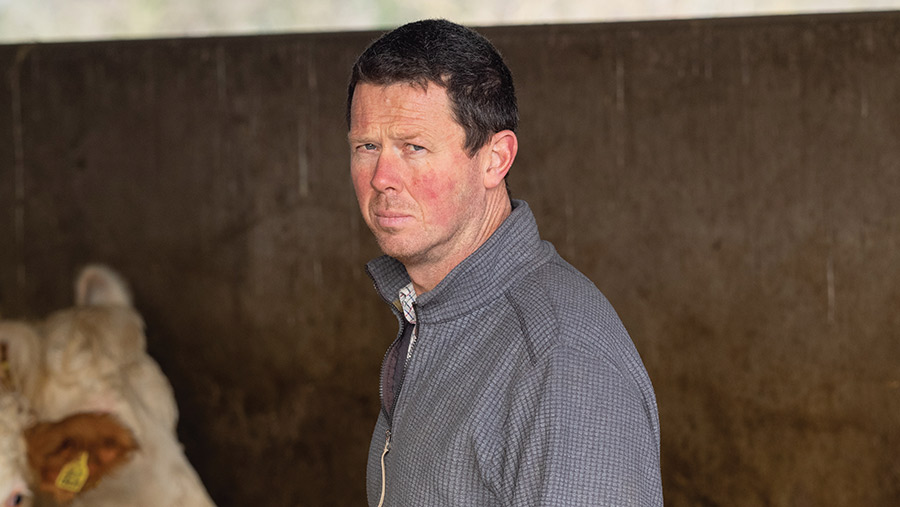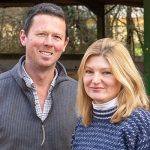Farmer Focus: Heading back into subsidy-bought control
 © Kathy Horniblow
© Kathy Horniblow Things have been pretty “pants” recently. The weather, the falling lamb price, wet straw – all pants. And I lost my mother recently, so I can confirm that becoming an orphan – admittedly at 55 – is pants.
With the loss of Mum, and thus her farm where we reared replacement ewe lambs, I decided to cut commercial ewes by 200 head, meaning we will lamb 650 ewes next year.
This means farm output will fall short of what we really need, but for a year or so we can explore other options.
See also: NFU Conference 2023: Food intelligence unit needed for food security challenge
On rented land we cannot compete with the various environmental schemes with our sheep. When herbal fallow pays more than prime lamb production, what would you do?
The irony is that much of the volatility in the world is caused by events, like the war in Ukraine, that threaten food security and food prices.
It is that volatility that will likely convince many farmers to opt for agri-environment schemes over food production.
In Mum’s 86 years, she saw a full range of agricultural policies. She remembered food rationing, then saw production quotas introduced and Countryside Stewardship developed.
More recently, she heard the demands on Welsh farmers to have 10% of the ground as trees, and talk of Ireland following the Dutch down the route of limiting cow numbers.
It feels like such a weird time. I am very nervous of going into long-term agreements, particularly after the livestock limits imposed on farmers on Dartmoor.
Our various landlords are good, but when government policies seem to want to minimise food production, we must adjust accordingly.
Our herbal ley (with no fertiliser) produces about 60% of what the white clover and ryegrass leys do, but the stewardship payments on the herbal leys make it more lucrative.
The Sustainable Farming Incentive (SFI) looks a bit better now, so we might be able to access more money than we initially thought.
That said, I’m naturally a bit awkward and rebellious and am reluctant to be constrained by state money, because with payment comes control.
Looking on the bright side, we have had close to 100% germination in the turnips and tremendous regrowth after second cut. A trip to the New Forest Show returned a pile of champion rosettes. So it’s not all bad.

